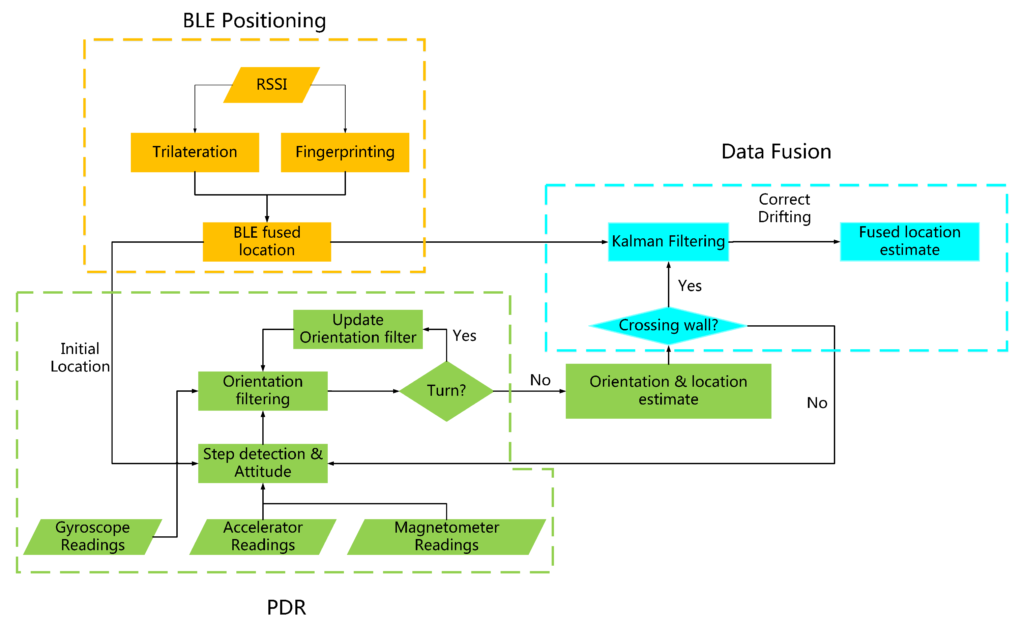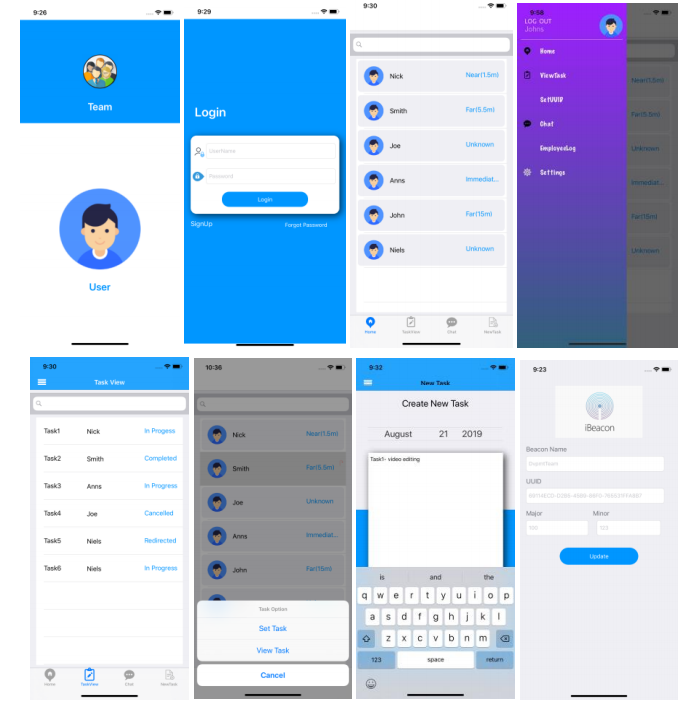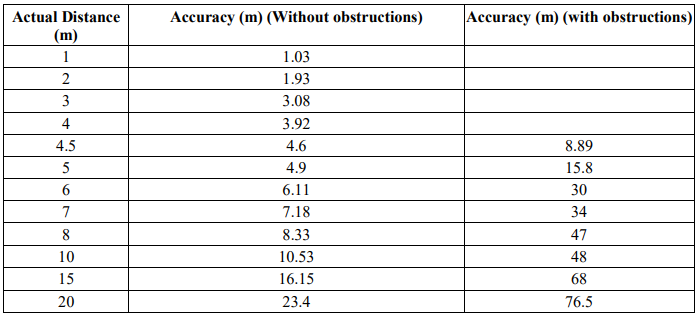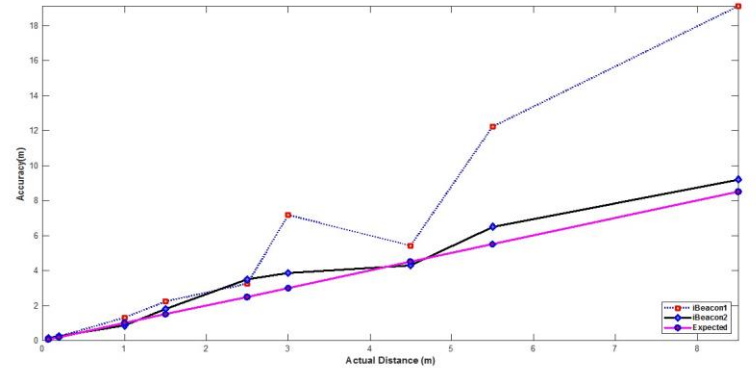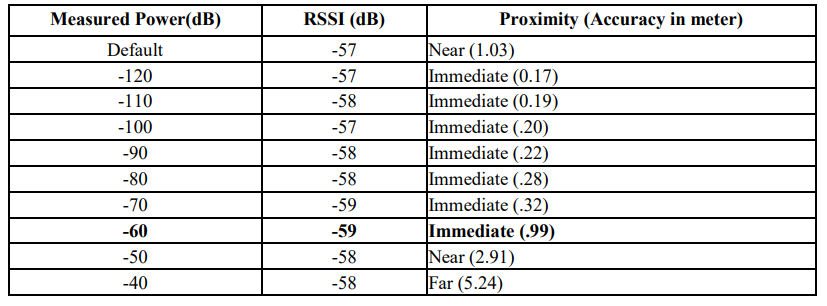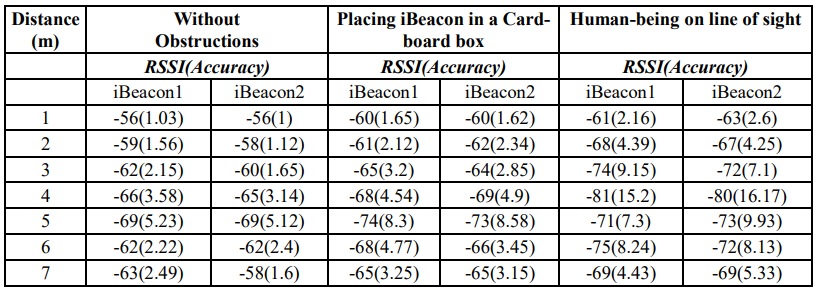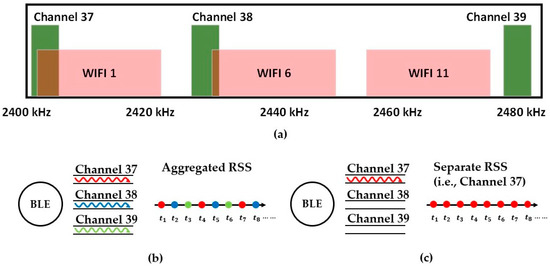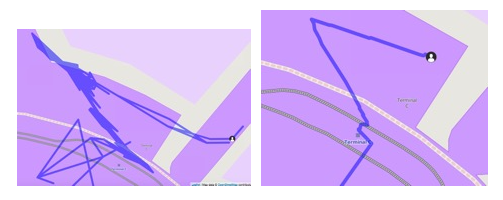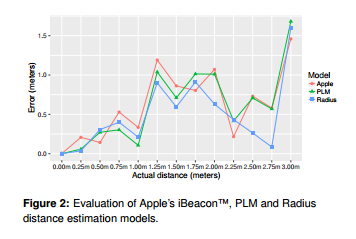There’s new research by the Institute of Information Science and Technologies, Pisa, Italy on Detecting Proximity with Bluetooth Low Energy Beacons for Cultural Heritage. The paper starts by describing alternative technologies including Ultra-wideband (UWB), Near Field Communication (NFC) and vision.
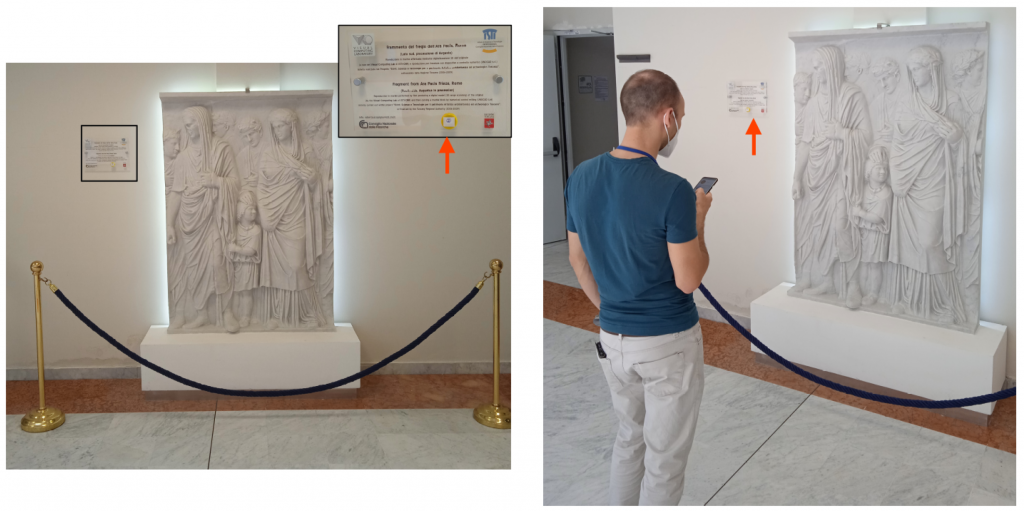
The RE.S.I.STO project allows media on the medieval town of Pisa to be accessible via smartphones and tablets. The system is implemented using the React Native Javascript Framework to allow cross-platform aps to be created on iOS and Android.
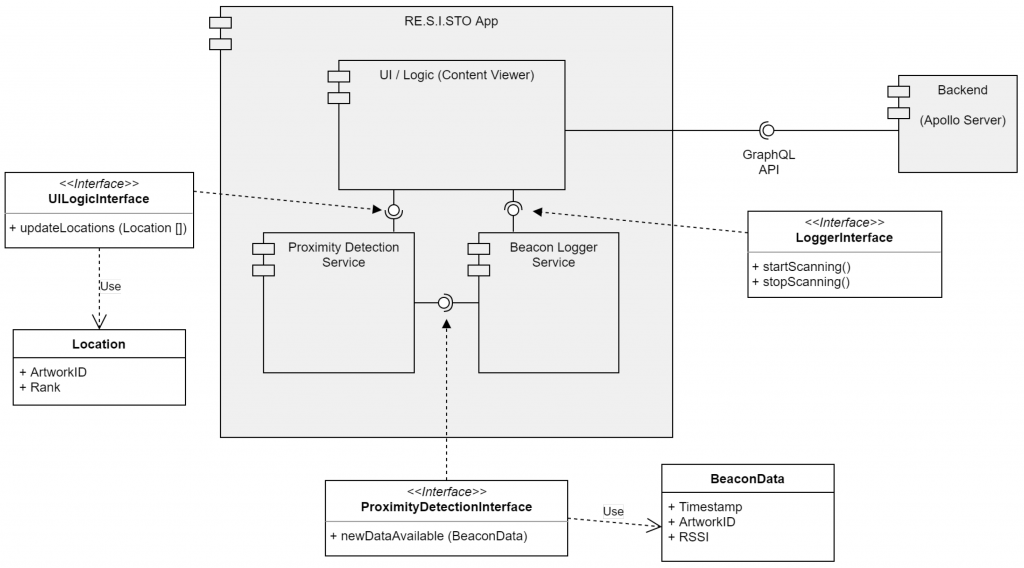
Beacons are attached to exhibits and the paper compares two proximity detection algorithms, a ‘Distance-based Proximity Technique’ and a ‘Threshold-based Proximity Technique’. The paper describes stress, stability and calibration testing of the system.
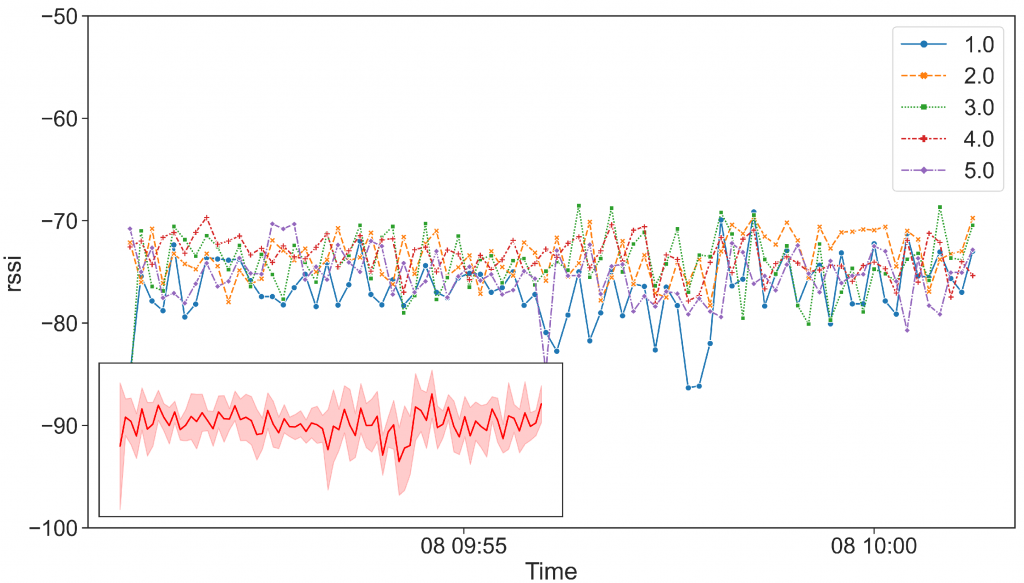
The researchers found a strong variation of RSSI value for different tags that they say is caused by the varying channel (frequency) used by Bluetooth LE as well as environmental issues such as obstacles, fading and signal reflections.
The system was able to successfully detect the correct artwork with an accuracy up 95% using the Distance-based Proximity Technique.
